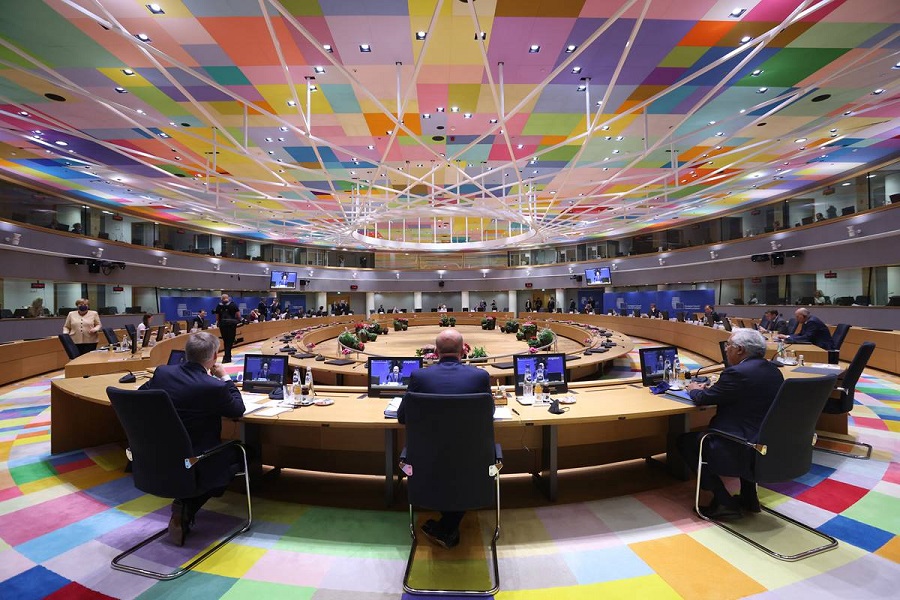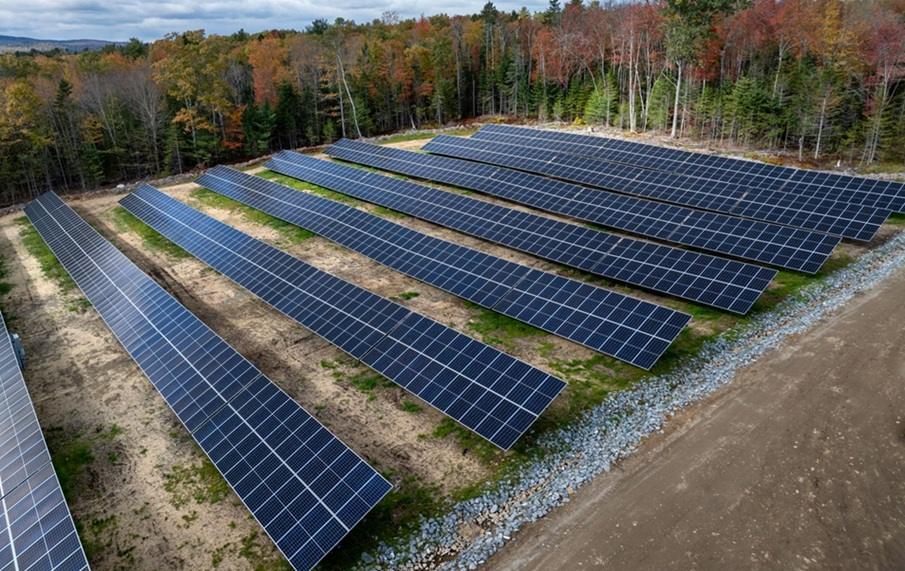European Council Agrees on Tougher Renewables, Energy Efficiency Targets for EU
The European Council announced today that its member states have agreed on higher targets for renewables and energy efficiency for its negotiating position for “Fit for 55,” the EU initiative to cut greenhouse gas (GHG) emissions by 55% by 2030, compared to 1990 levels.
The Council’s agreed position includes setting a binding target of 40% of energy from renewable sources in the overall energy mix, compared to the current 32% target, and reducing energy consumption by 9% by that date, compared to 2020 levels.
The EU’s Fit for 55 target initially proposed in September 2020 by European Commission President Ursula von der Leyen, raising the EU ambition from its prior 40% by 2030 goal, with the new level putting the region on track for 2050 climate neutrality. The proposals span policies across energy, land use, transport and taxation, and socially fair transition.
According to the Council, the more ambitious targets announced today would contribute significantly towards meeting this target.
The introduction of the proposals follows the adoption by the Commission of the European climate law, setting into legislation the EU goal to reach climate neutrality by 2050. The climate law is a centerpiece of the European Green Deal, the EU strategy to transform the region into a modern, resource-efficient and competitive economy. In addition to the 2050 goal, the law set the binding target for the 55% reduction by 2030.
Agnès Pannier-Runacher, French Minister for the energy transition, said:
“The agreement of the member states on these two proposals marks a major step forward in the fight against global warming. Decarbonising our energy systems through a massive deployment of renewable energies and significant efforts in energy savings is essential to achieve our climate objectives. It will also help us to reduce our dependence on Russia for energy, in the context of the war in Ukraine.”
The Council also agreed on a series of sector-specific targets, including transport, giving member states a choice of a 13% GHG intensity reduction or at least 29% renewable energy in final consumption, setting a binding increase of 0.8% per year of renewables for heating and cooling until 2026, and 1.1% from 2026-2030, and a target of at least a 49% renewable energy share in buildings in 2030, among others.






